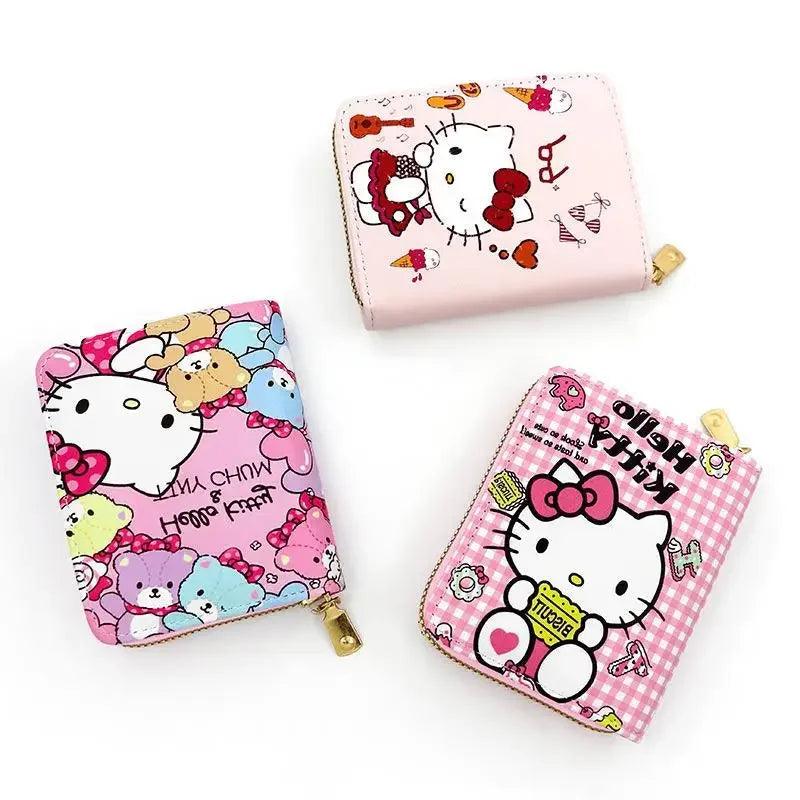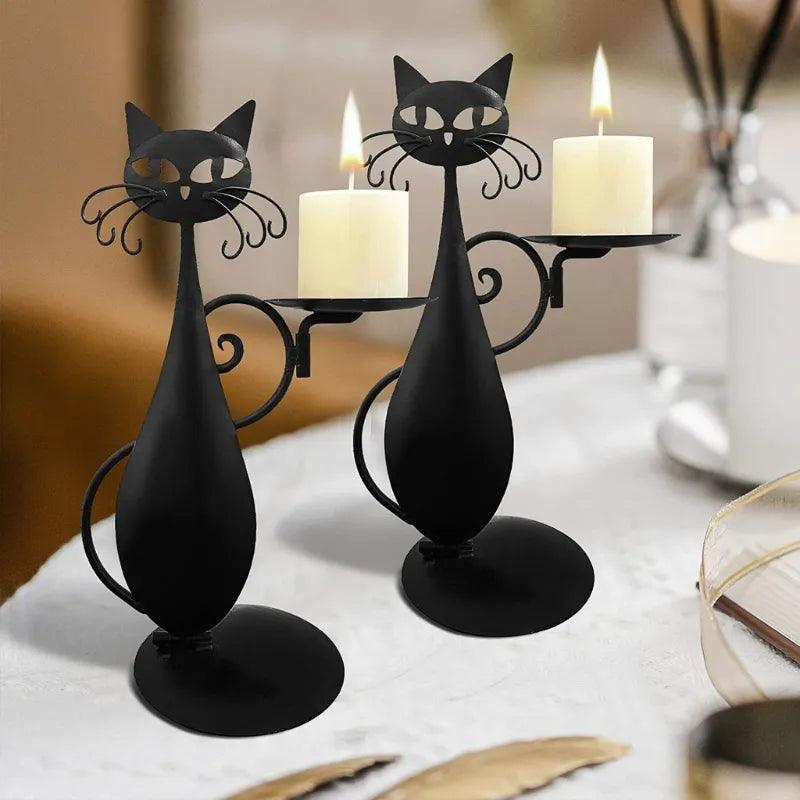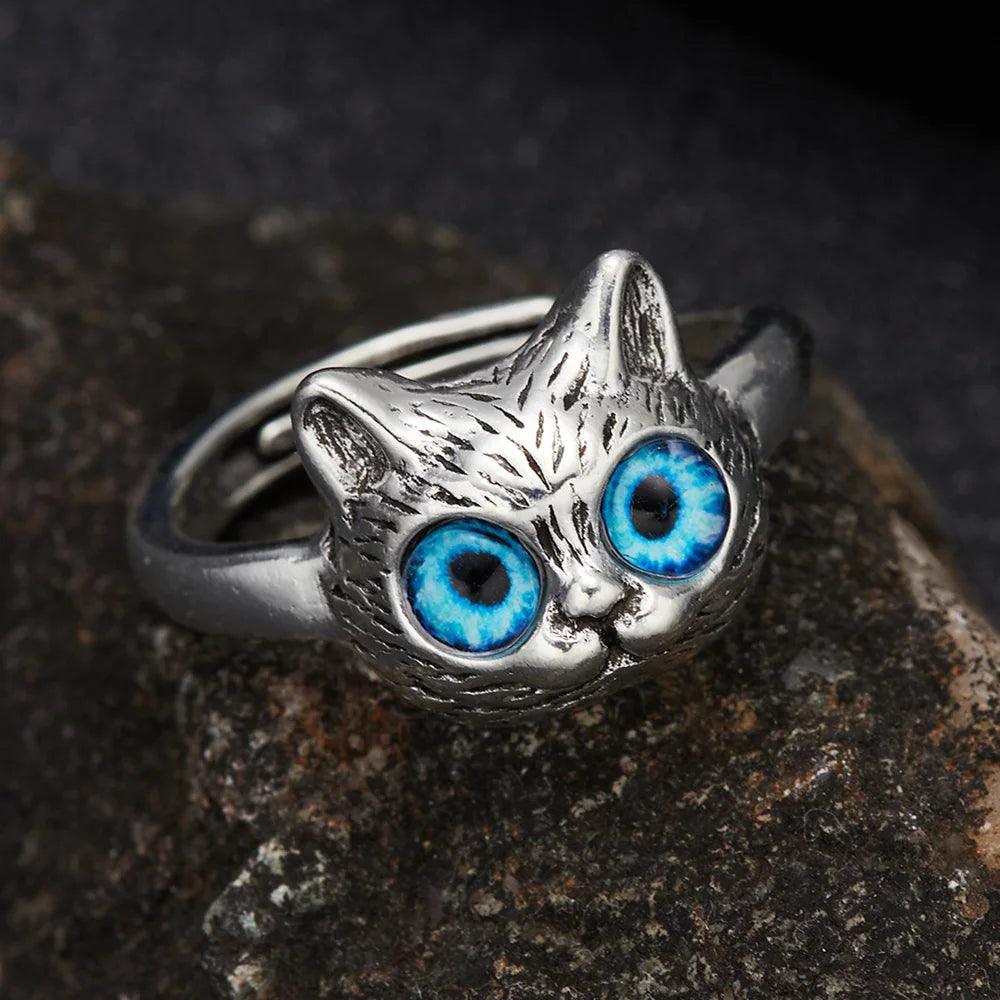Cats have been our companions for millennia, but their journey from fierce hunter to cuddly housemate is a fascinating tale. Unlike dogs, whose domestication is closely linked to human intervention, cats seem to have taken a more independent path. So cat lovers, get ready delve with us into the history of house cat domestication!
The story begins around 10,000 to 12,000 years ago in the Fertile Crescent, the cradle of civilization in the Middle East. The most likely ancestors of our feline friends are the African wildcats, particularly the Felis silvestris lybica, native to the region.
The rise of agriculture likely played a key role in their domestication. As humans transitioned from hunter-gatherers to farmers, stored grain attracted rodents. Wild cats, with their keen senses and natural hunting instincts, may have seen these human settlements as prime hunting grounds.
Over time, a mutually beneficial relationship developed. Humans accepted the cats, perhaps even encouraged their presence, as they helped control the rodent population. The cats, in turn, benefited from a steady food source and a safe place to raise their young. Cats with traits that made them less fearful of humans, perhaps even friendlier, may have been more successful at finding food near human settlements. Over generations, these traits would have become more common through natural selection, as well as elective breeding by humans favoring traits like docility and a smaller size.
While Egypt is often credited with cat domestication, archaeological evidence suggests it began much earlier in the Fertile Crescent. The oldest known burial of a cat alongside a human dates back a whopping 9,500 years to Cyprus, hinting at a deep and ancient bond.
Fast forward to ancient Egypt, where cats became revered creatures. Egyptians worshipped Bastet, a cat goddess associated with protection and motherhood. Cats were even mummified after death, a testament to their cultural significance.
Cats spread throughout the world alongside human trade and exploration. They became valued companions in Rome, and by the Middle Ages, they were common throughout Europe, keeping homes and ships free of pesky rodents.
Today, cats are the most popular pets globally, cherished for their independence, affection, intelligence, and soothing purrs. There are hundreds of recognized cat breeds, each with its own unique personality and appearance. But despite the differences, whether it be fancy frills or hairless bodies, all domestic cats share a common ancestor – the wildcat of the Fertile Crescent.
So next time you give your feline friend a scratch behind the ears, remember the incredible journey that led them from wild hunter to cherished house cat who continue to steal our hearts. It's a story of co-evolution, mutual benefit, and perhaps a touch of ancient Egyptian magic.











